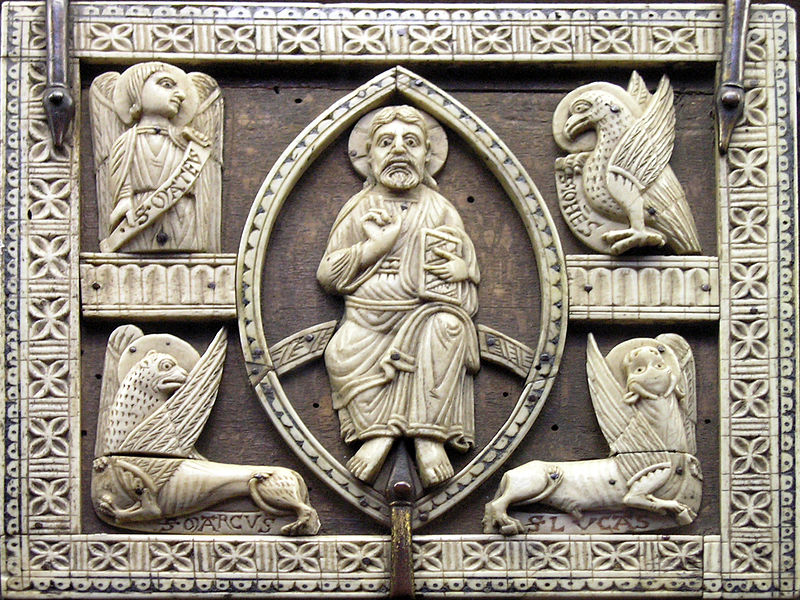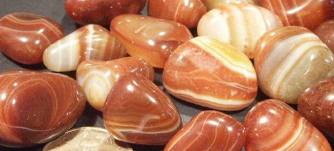
“Holy, holy, holy,
Lord God Almighty,
Who was and is and is to come!”
The four living creatures reflect a combination of the cherubim in Ezekiel 1 and seraphim in Isaiah 6:2, they function as ‘the priests of heavenly temple’. Their song is an adaption of Isaiah 6:3.
“After this I looked, and lo, in heaven an open door!” (Apocalypse 4)
The vision of the heavenly throne room opens Chapter 4 of the Apocalypse; it is an interlude between the first two series-of-sevens of the book, the seven letters to the churches and the seven seals. (The series-of-sevens are the basic building block of the Apocalypse. Each series-of-seven tells the story of the Church’s journey through history from a different perspective or from another point of view. Each series becomes more intense but the Apocalypse does not tell a linear, sequential story; rather, it is a re-examination of the same story several times.)
The seer of the Apocalypse sees an open door in heaven. Most of us think of heaven as the eternal abode of God, the place of light and glory where the saints and angels stand before the Holy Trinity. We think that only Good exists in heaven. But that does not match the description of “heaven” in the Apocalypse.
Heaven, in the Apocalypse, is not eternal. It will be destroyed: “heaven and earth shall pass away,” we famously read. Heaven will cease. The eternal residence of God, we are told, is the New Jerusalem that will come down from out of heaven (chapter 21). There will be a new heaven and a new earth. Heaven, as it is currently constituted, will be replaced after the End of Days.
The “good” are not the sole residents of heaven. Evil dwells there with God. Spiritual realities and beings populate heaven–we meet the dragon and the rebel angels and the the beast with seven heads and ten horns, not just the four living creatures and the saints.
Rather than consider “heaven” as the equivalent of the Kingdom of God, we would do better to see heaven in the Apocalypse as the equivalent to “spiritual-invisible world.” It is this invisible world that we glimpse from a variety of angles in the different series-of-sevens that make up the Apocalypse. Each series-of-seven is true but it is not literal (as we understand that word in contemporary English).
I will be giving a talk on the Apocalypse this evening, Monday March 15 at 7 p.m. (New York City time) as part of the adult education series at St. Luke’s in the Fields. Join us here. A recording of the talk will also be available afterwards; the link will be posted on the Bible Study tab of this website.

